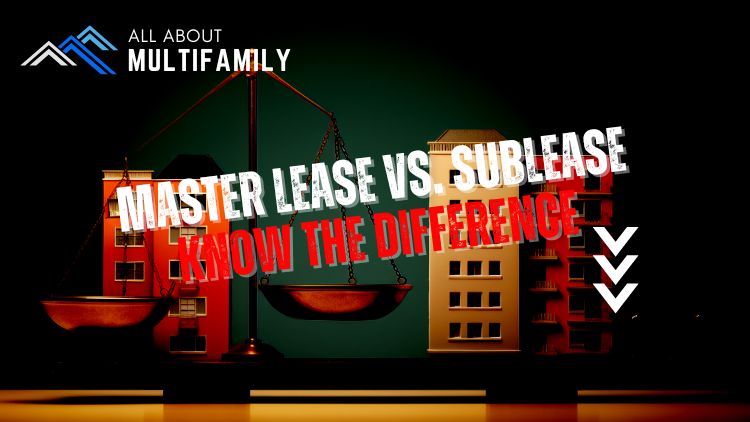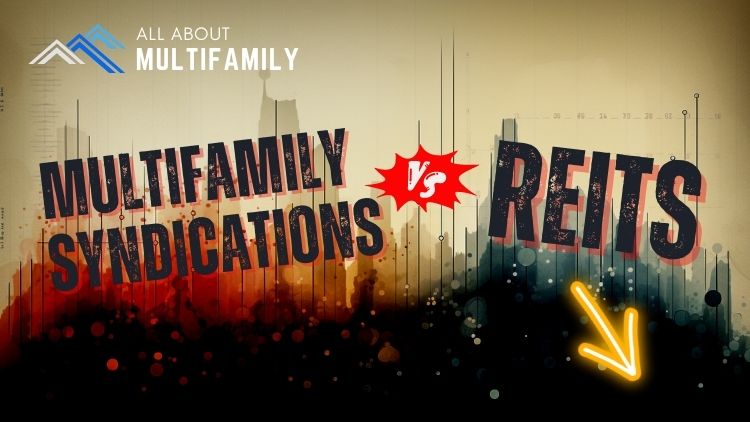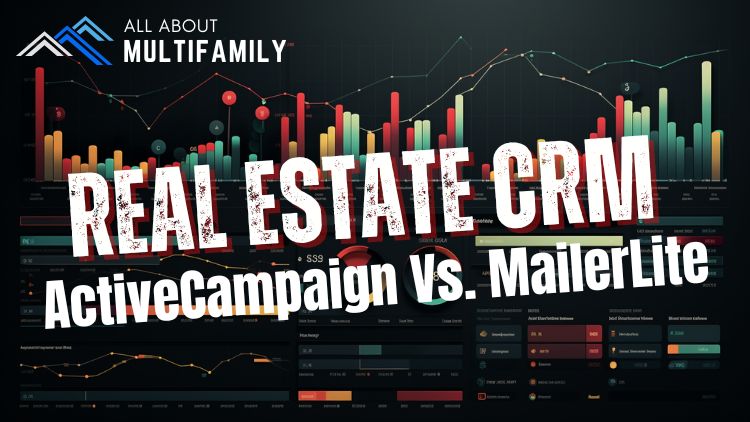Seller financing, also known as owner financing or seller carryback, is a real estate transaction where the seller acts as the lender and provides financing to the buyer. In this arrangement, the buyer makes payments directly to the seller, bypassing the need for traditional mortgage financing from a bank or other lending institution. Here are the pros and cons of seller financing:
Pros of Seller Financing:
- Increased Marketability: Offering seller financing can make a property more attractive to potential buyers, especially those who may have difficulty qualifying for a traditional mortgage due to credit issues or lack of a substantial down payment.
- Flexible Terms: Sellers have the flexibility to negotiate the terms of the financing, such as the interest rate, repayment schedule, and down payment amount, to suit their preferences and the buyer’s financial situation.
- Potential for Higher Selling Price: With seller financing, sellers may be able to sell their property at a higher price than if they were to require an all-cash sale. Buyers may be willing to pay a premium for the convenience and accessibility of seller financing.
- Steady Income Stream: Sellers who finance the sale can enjoy a steady stream of income from the monthly mortgage payments made by the buyer. This can be particularly appealing to sellers seeking a passive income source.
- Faster Closing Process: Seller financing can lead to a quicker closing process since it eliminates the need for extensive bank paperwork and approvals. This can be advantageous for both buyers and sellers.
Cons of Seller Financing:
- Risk of Default: There is a risk that the buyer may default on the loan, leading to potential legal expenses and the possibility of the property being returned to the seller through foreclosure.
- Incomplete Purchase Price: Sellers who finance the sale may not receive the full purchase price upfront, which could limit their ability to make other investments or purchase another property.
- Interest Rate Risk: Sellers may not have the same level of expertise in assessing creditworthiness as professional lenders, leading to potential underpricing or overpricing of the interest rate.
- Potential Legal Complexities: Seller financing involves legal agreements and documentation. If not handled properly, it can lead to legal disputes or challenges in enforcing the terms of the financing arrangement.
- Limited Buyer Pool: Some buyers may prefer traditional mortgage financing and may not be interested in or qualify for seller financing, potentially reducing the pool of potential buyers.
- Property Liabilities: Until the buyer pays off the seller-financed loan, the seller remains financially connected to the property and could be affected by any liabilities or issues that arise during the buyer’s ownership.
In summary, seller financing can be a beneficial option for both buyers and sellers in certain real estate transactions. However, it comes with risks and complexities that should be carefully considered and addressed through proper legal and financial planning. Both parties should seek professional advice and conduct thorough due diligence before entering into a seller financing arrangement.
Let’s look at an example of owner financing:
Scenario:
John owns a residential property that he wants to sell for $200,000. Sarah is interested in buying the property but is unable to secure a mortgage from a traditional lender due to her credit history. However, John sees the potential in Sarah and decides to offer owner financing to help her purchase the property.
Owner Financing Terms:
- Purchase Price: $200,000
- Down Payment: $40,000 (20% of the purchase price)
- Loan Amount: $160,000 (remaining 80% of the purchase price)
- Interest Rate: 5% per annum
- Loan Term: 30 years
- Monthly Payment: Principal and interest amortized over 30 years
Calculating the Monthly Payment:
To calculate the monthly payment amount, we can use a loan amortization formula. The formula for calculating a fixed-rate mortgage payment is:
M = P [ r(1+r)^n ] / [ (1+r)^n – 1]
Where:
M = Monthly payment
P = Loan amount (principal)
r = Monthly interest rate (annual interest rate divided by 12)
n = Total number of monthly payments (loan term in years multiplied by 12)
Let’s plug in the values:
r = 5% / 12 = 0.00417 (monthly interest rate)
n = 30 years * 12 = 360 (total number of monthly payments)
M = $160,000 [ 0.00417(1+0.00417)^360 ] / [ (1+0.00417)^360 – 1]
M = $160,000 [ 0.00417(1.00417)^360 ] / [ (1.00417)^360 – 1]
M = $160,000 [ 0.00417(1.647) ] / [ 1.647 – 1]
M = $160,000 [ 0.0068549 ] / [ 0.647 ]
M = $1,097.59 (rounded off)
So, the monthly payment for Sarah would be approximately $1,097.59.
Ownership Transfer:
In this owner financing arrangement, Sarah becomes the equitable owner of the property upon the completion of the sale. She gets to move into and use the property as her own. However, the legal title to the property remains in John’s name until Sarah pays off the loan in full, as per the agreed-upon terms.
Throughout the financing period, Sarah will make regular monthly payments to John, which will include both the principal amount and the interest, as calculated above. Once Sarah completes the payment of the entire loan amount and fulfills all the terms of the financing agreement, John will transfer the legal title to the property to Sarah, making her the full legal owner of the property.
Who holds the deed in owner financing?
In owner financing, the deed is typically held by the seller until the buyer fulfills the terms of the financing agreement. This means that the seller retains legal ownership of the property until the buyer completes the agreed-upon payments, including any interest and principal, according to the terms specified in the financing arrangement.
The buyer, on the other hand, obtains equitable ownership of the property and has the right to possess and use it as if they were the owner. However, they do not hold the legal title to the property until they complete the payments as per the agreed-upon terms.
Once the buyer fulfills all the obligations specified in the financing agreement, such as making all the payments or fulfilling any other conditions, the seller will transfer the legal ownership of the property to the buyer by executing a deed. This deed is typically known as a “Deed of Reconveyance” or “Warranty Deed,” and it officially transfers the title from the seller to the buyer, making the buyer the full legal owner of the property.
It’s essential for both the buyer and seller to outline the terms of the owner financing agreement in a written contract or promissory note, which should clearly specify the payment schedule, interest rate, consequences of default, and any other relevant terms. Working with a real estate attorney or a qualified professional can help ensure that the owner financing arrangement is legally sound and protects the interests of both parties.
Who pays property taxes on owner financing?
In owner financing, the responsibility for paying property taxes can vary depending on the terms agreed upon between the buyer and the seller. Typically, there are two common scenarios:
- Buyer Pays Property Taxes:
In some owner financing agreements, the buyer assumes the responsibility for paying property taxes. This means that the buyer, as the equitable owner of the property, is responsible for all property tax payments to the local government authorities. The seller, who retains the legal title until the buyer completes the financing terms, is not directly involved in property tax payments. - Seller Escrows Property Taxes:
In other cases, the seller may choose to retain control over property tax payments by escrowing the funds. This means that as part of the owner financing agreement, the buyer makes monthly payments to the seller that include not only the principal and interest on the loan but also an additional amount for property taxes and insurance. The seller then holds these escrowed funds and pays the property taxes directly to the relevant authorities on behalf of the buyer.
The specific arrangement regarding property tax payments should be clearly outlined in the owner financing contract or promissory note. This contract should detail the responsibilities of both the buyer and the seller during the financing period, including who is responsible for making property tax payments and how those payments will be handled.
It’s crucial for both parties to understand and agree upon these terms to avoid any confusion or disputes later on. Seeking professional legal advice when structuring an owner financing deal can help ensure that all relevant aspects, including property tax payments, are properly addressed and documented in the agreement.
Owner financing what if the buyer defaults?
If the buyer defaults in an owner financing arrangement, it means they have failed to meet their obligations as outlined in the financing agreement. A default can occur for various reasons, such as non-payment, failure to fulfill specific conditions of the contract, or violation of other terms and conditions specified in the agreement. When a buyer defaults in an owner financing scenario, several potential outcomes may occur:
- Grace Period and Communication: The seller may provide a grace period to the buyer during which the buyer can rectify the default by making the overdue payments or addressing the issue that caused the default. Communication between both parties is essential during this phase to understand the reasons behind the default and explore potential solutions.
- Cure the Default: If the buyer can rectify the default within the grace period, the owner financing agreement can continue as originally planned. The buyer resumes making regular payments as per the agreement, and the seller retains legal ownership of the property until the financing terms are completed.
- Negotiate a Modified Agreement: In some cases, the seller may be willing to negotiate a modified agreement with the buyer to address the default. This could involve adjusting the payment schedule, interest rate, or other terms to make the payments more manageable for the buyer while still ensuring the seller’s interests are protected.
- Termination and Retake Possession: If the buyer is unable or unwilling to cure the default within the grace period, the seller may choose to terminate the owner financing agreement. Depending on the terms specified in the agreement and local laws, the seller may repossess the property through a process called forfeiture or repossession.
- Foreclosure: In cases where repossession is not straightforward or the property’s value is significant, the seller may pursue foreclosure. Foreclosure is a legal process through which the seller reclaims the property due to the buyer’s default. This process typically involves legal proceedings and may vary depending on the jurisdiction’s foreclosure laws.
- Legal Action: If necessary, the seller may take legal action against the buyer to recover any outstanding payments, damages, or losses resulting from the default.
It’s important for both parties to understand their rights and obligations outlined in the owner financing agreement and seek legal advice if disputes or defaults arise. Additionally, having a well-drafted contract that addresses potential default scenarios can help protect both the buyer and seller and minimize potential conflicts in the future.
What are the most common owner financing terms?
The most common owner financing terms can vary depending on the specific circumstances of the buyer and seller, as well as the property being sold. However, some typical owner financing terms include:
- Purchase Price: The agreed-upon price at which the property will be sold. This is a fundamental term that forms the basis for all other financing terms.
- Down Payment: The initial payment made by the buyer to the seller at the time of closing the sale. It is usually a percentage of the purchase price and can vary based on negotiation.
- Interest Rate: The rate at which the seller will charge interest on the outstanding loan amount. The interest rate can be fixed or adjustable and is an important factor that influences the buyer’s monthly payment amount.
- Loan Amount: The portion of the purchase price that the seller is willing to finance. It is the difference between the purchase price and the down payment made by the buyer.
- Loan Term: The length of time over which the buyer will repay the seller for the financed amount. Common loan terms for owner financing can range from a few years to several decades, with 5, 10, 20, or 30 years being typical options.
- Monthly Payment: The amount the buyer will pay to the seller each month, which includes both principal and interest, based on the loan amount, interest rate, and loan term.
- Balloon Payment: Some owner financing agreements include a balloon payment, which is a large, final payment due at the end of a specified term. This lump-sum payment is often used to complete the repayment of the remaining loan balance.
- Default and Remedies: The terms outlining what constitutes a default by the buyer and the actions or remedies the seller can take in case of default. This may include grace periods, penalties, and options for curing the default.
- Security Instruments: The legal documents that secure the seller’s interest in the property during the financing period. These may include a promissory note and a deed of trust or mortgage.
- Transfer of Ownership: The conditions under which legal ownership of the property will transfer from the seller to the buyer. This typically occurs after the buyer completes the payments and fulfills all other terms of the financing agreement.
- Prepayment Penalty (optional): Some owner financing agreements may include a prepayment penalty, which imposes a fee on the buyer if they pay off the loan earlier than the agreed-upon term.
These are general terms that can be customized to suit the specific needs and preferences of both parties. It’s essential for both the buyer and seller to clearly outline all the terms and conditions of the owner financing arrangement in a written contract or promissory note to avoid misunderstandings and disputes in the future. Seeking legal advice when structuring owner financing can also help ensure that all aspects of the transaction are properly addressed and documented.
































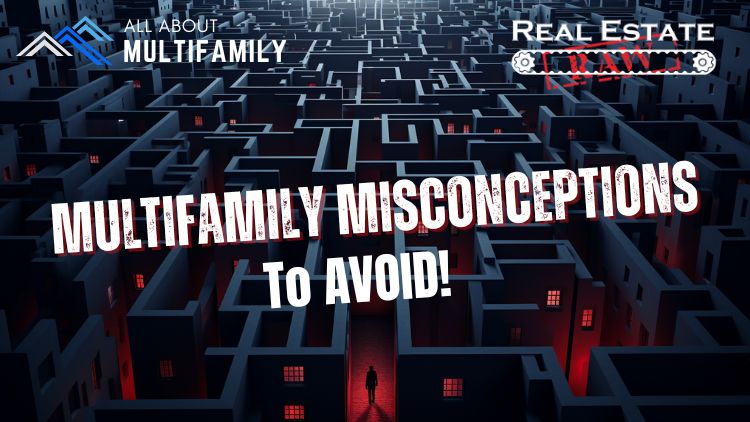







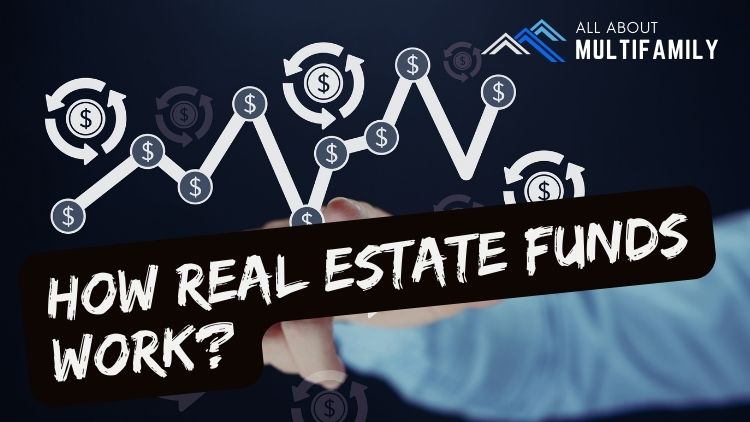





![An In-Depth Look at Jake and Gino's Coaching Program [A Review]](https://allaboutmultifamilyinvesting.com/wp-content/uploads/2023/10/AAM-BMP-Blog-Covers-750-×-422px-6.jpg)


![Email Marketing Tips for Multifamily Real Estate Syndicators to Raise Capital [Templates included]](https://allaboutmultifamilyinvesting.com/wp-content/uploads/2023/09/AAM-BMP-Blog-Covers-750-×-422px-4.jpg)
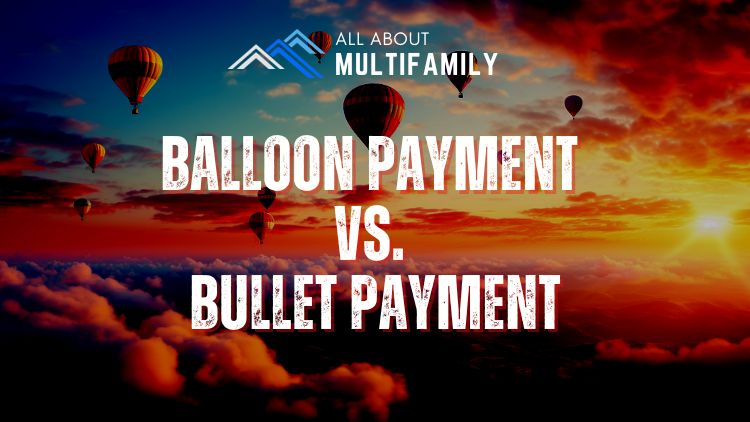
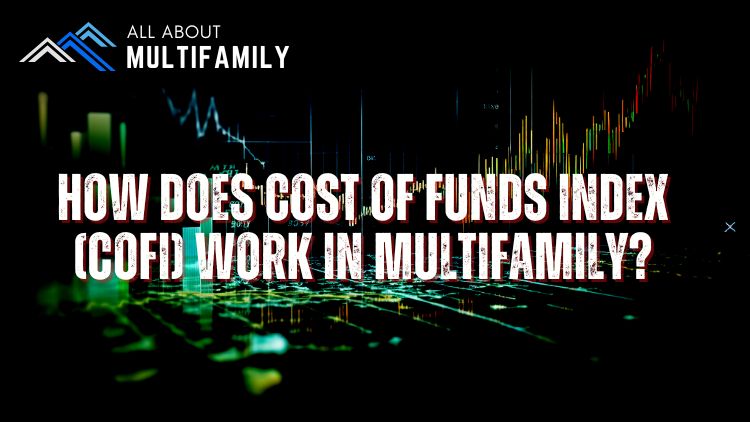




![The Richest Kids In America [Book Review]](https://allaboutmultifamilyinvesting.com/wp-content/uploads/2023/09/AAM-BMP-Blog-Covers-750-×-422px-84.jpg)


